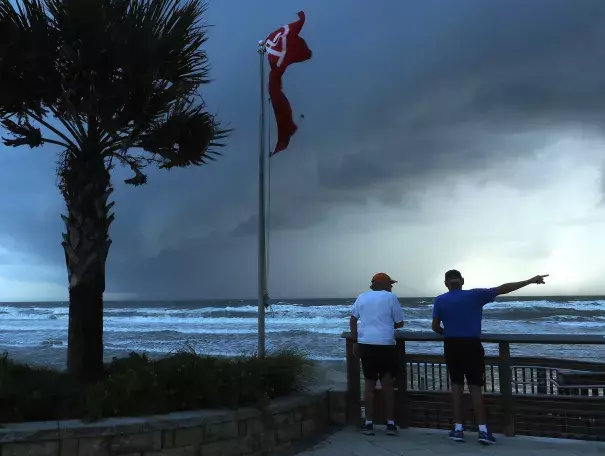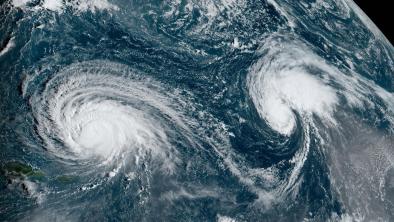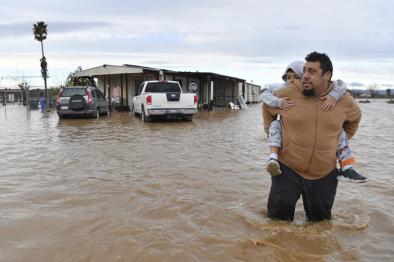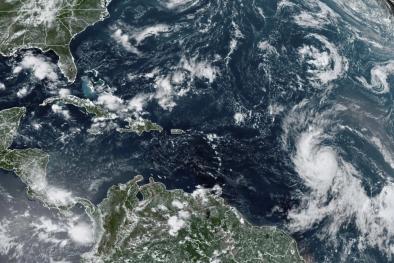Scientists Predict ‘Busy’ Atlantic Hurricane Season Amid Virus Crisis

Climate Signals Summary: Climate change is increasing the frequency of intense Atlantic hurricanes. It is also accelerating sea level rise and increasing rainfall during hurricanes, both of which increase the risk of flooding during storms.
Article Excerpt: The coming Atlantic hurricane season is “expected to be a busy one,” with the likelihood of as many as 19 named storms, including as many as six major hurricanes, a federal weather scientist said Thursday. That worrisome forecast could be further complicated by the coronavirus pandemic, which is hobbling relief agencies and could turn evacuation shelters into disease hot spots.
...
Factors contributing to this year’s prediction of above-normal activity include warmer-than-average sea surface temperatures in the tropical Atlantic Ocean and Caribbean Sea, along with reduced vertical wind shear, which can keep storms from forming or from becoming stronger. There is also an enhanced west African monsoon.
A study published on Monday suggested that climate change has been making hurricanes around the world stronger over the past four decades. This makes intuitive sense, and is expected to grow worse over time, because warmer ocean water tends to strengthens storms.
Jennifer Francis, a senior scientist at the Woods Hole Research Center, said in a statement, “If we want to keep these dangerous patterns from accelerating, we need urgent action by government and private sector leaders to shift us away from fossil fuels and toward clean energy.”
...
The Atlantic has been in a “high-activity era” since 1995, Dr. Bell said. This year, the El Nino cycle is in a neutral state, which neither suppresses nor enhances storm activity. If La Niña should develop during this season, then the high end of the agency’s forecast becomes more probable.
Dr. Bell added that other elements of climate change were contributing to the destructiveness of storms, including rising sea levels and the increased moisture content of warmer air, which can mean more rainfall and flooding from storms. In addition to climate issues, “our coastlines have built up enormously,” he noted, which has put more people in harm’s way whenever any storm approaches.
Related Content





